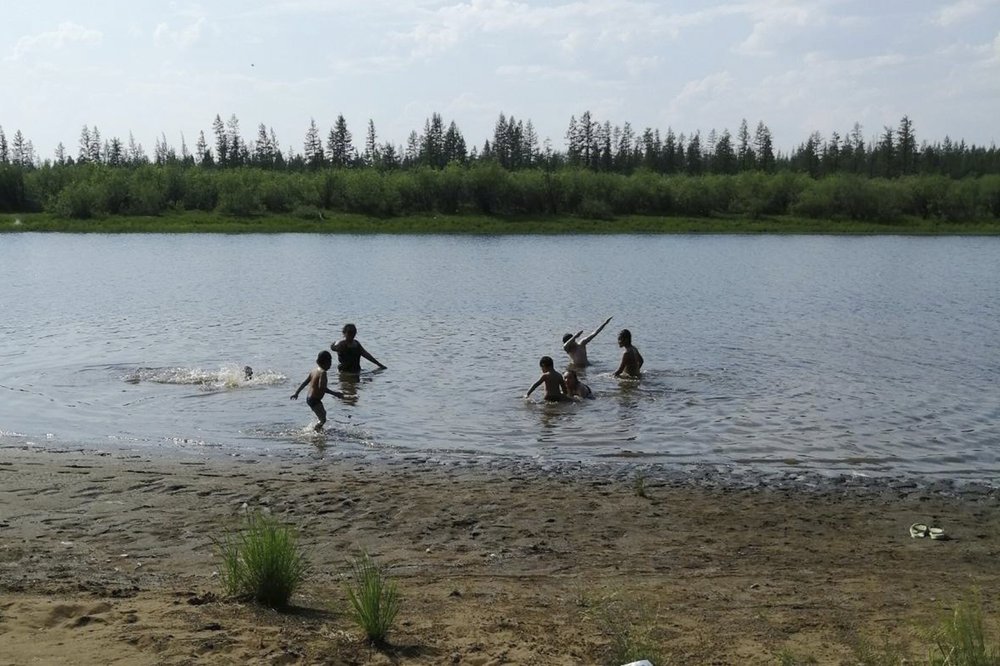GENEVA (AP) — The UN weather agency is investigating media reports suggesting a new record high temperature of over 38 C (100.4 F) in the Arctic Circle amid a heat wave and prolonged wildfires in eastern Siberia.

The World Meteorological Organization said Tuesday that it’s looking to verify the temperature reading on Saturday in the Russian town of Verkhoyansk with Rosgidromet, the Russian federal service for hydro-meteorological and environmental monitoring.
The reports suggest yet another possible sign of global warming in the Arctic, which the agency said is among the fastest-warming regions in the world and is heating at twice the global average.
“Apparently, this particularly region of eastern Siberia has very, very cold extremes in winter, but is also known for its extremes in summer, so temperatures above 30 degrees Celsius in July are not unusual,” World Meteorological Organization spokeswoman Clare Nullis said. “But obviously 38 degrees Celsius is exceptional.”
“We’ve seen satellite images this morning, and it’s just one mass of red — it’s striking and worrying,” she told a UN briefing in Geneva.

“Areas north of the Arctic Circle, particularly in Siberia, have been experiencing record heat for days,” said Global News meteorologist Anthony Farnell. “Temperatures have soared into the mid- to upper 30s, but it’s also been incredibly dry in that area for the past two years.
“This led to a huge forest fire season last year and this year could be worse. Hundreds of fires are producing an incredible amount of smoke that is easily visible from space. The cause of all this is most likely related to climate change.”
Indeed, the area has been hit by wildfires that have recently driven up temperatures.
“A WMO fast-response evaluation team has given tentative acceptance of this observation as a legitimate observation, which is consistent with current upper air observations at the time in Siberia,” WMO special rapporteur Randall Cerveny said in a statement.
“This will now be subject to a normal process for a detailed formal review by a panel of WMO atmospheric scientists,” added Cerveny, who is also a professor of geographical sciences at Arizona State University.
The World Meteorological Organization has not previously verified possible records for the “highest temperature recorded north of the Arctic Circle” but is considering creating such a category given the “interest in this extreme observation,” the agency said.
— With files from Global News meteorologist Anthony Farnell



Comments